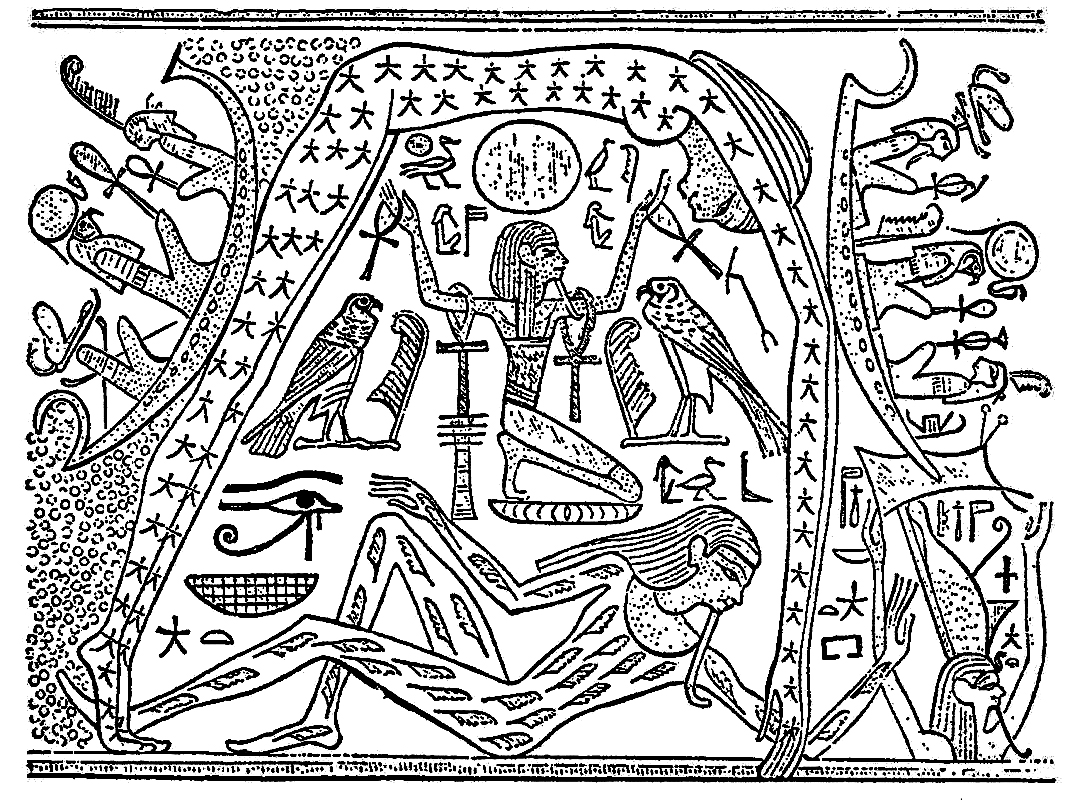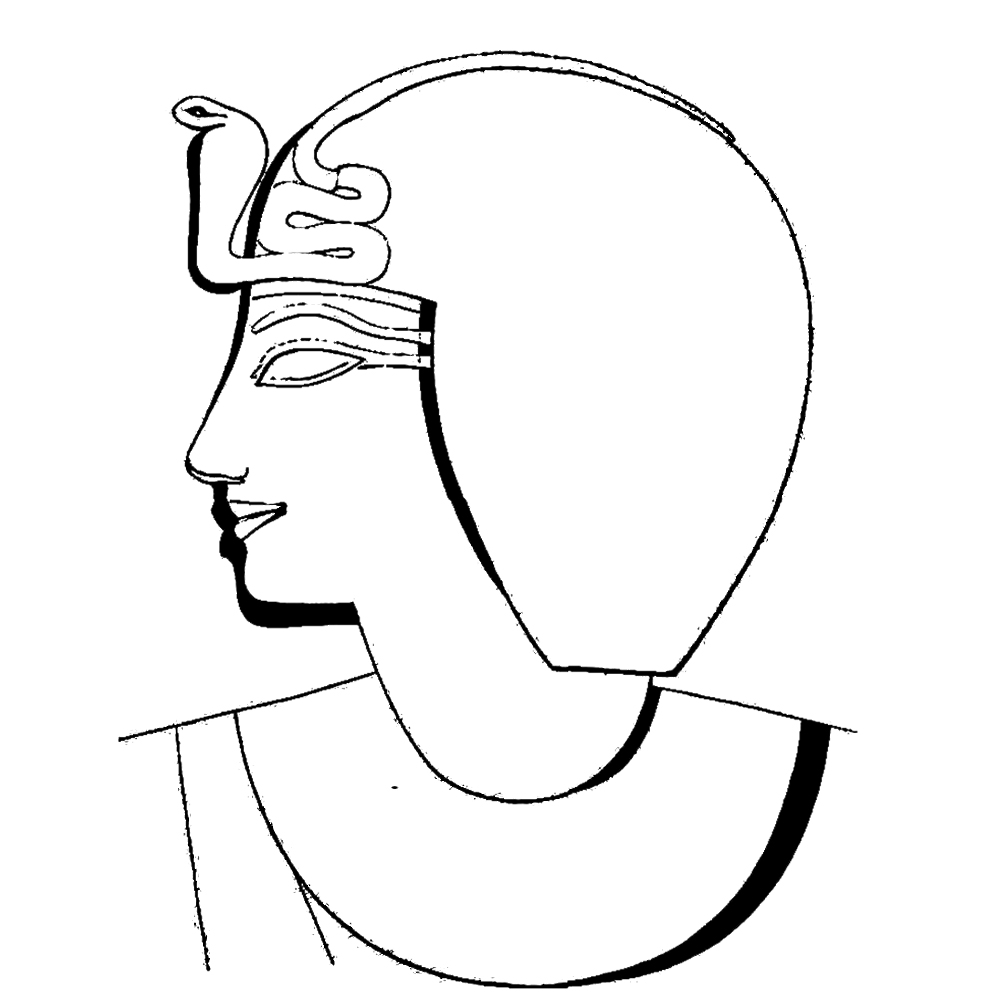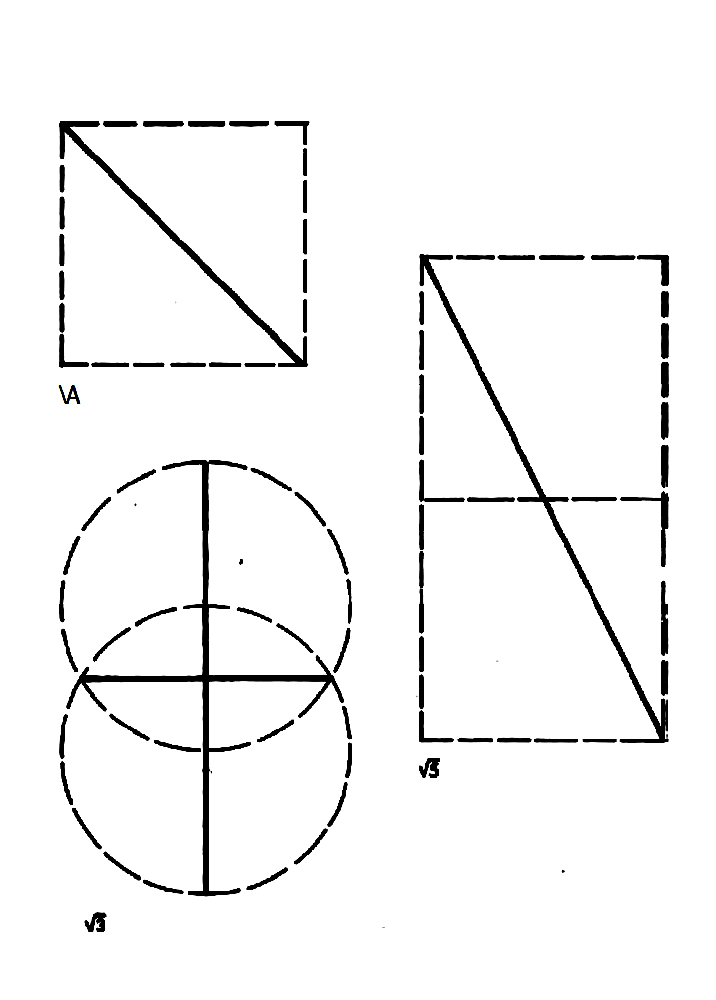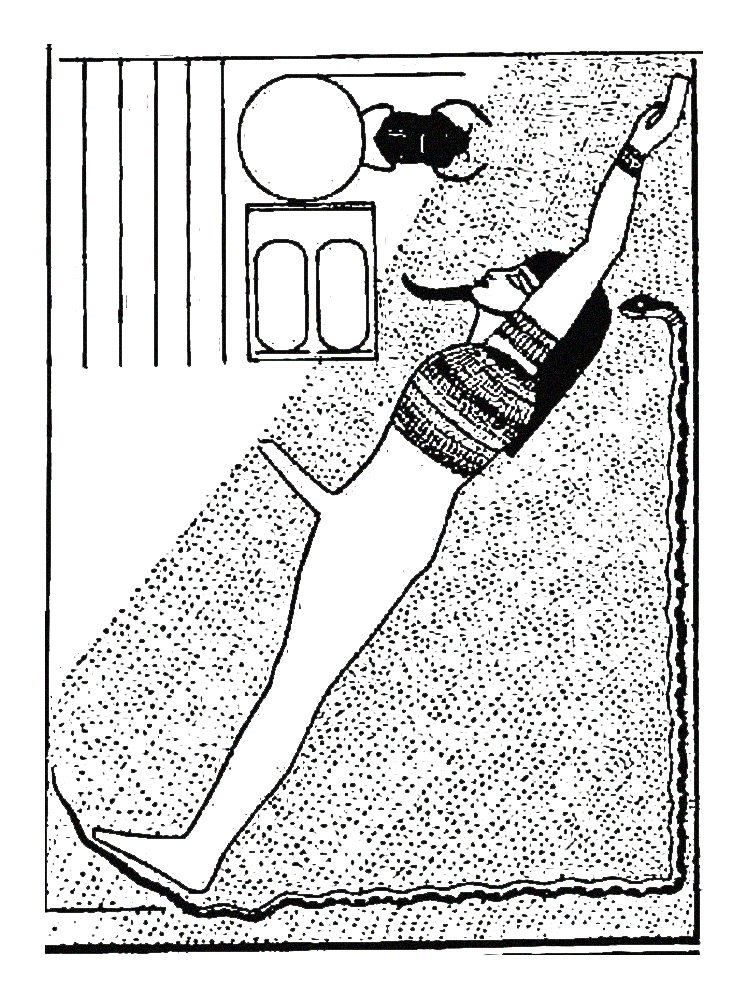rene schwaller de lubicz
︎Artist, Illustration, Architecture, Article
︎ Ventral Is Golden
rene schwaller de lubicz
︎Artist, Illustration, Architecture, Article
︎ Ventral Is Golden
︎ Ventral Is Golden
"Laughter appears to stand in need of an echo. Listen to it carefully, it is not an articulate, clear, well-defined sound; it is something which would compel to be prolonged by reverberating from one to another, something beginning with a crash, to continue in successive rumblings, like thunder into a mountain.“ - Henri Bergson.

︎ Illustrations by Lucie Lamy.
In 1937, Rene Schwaller de Lubicz, a theosophist, mathematician, and occultist, undertook a fifteen year physical and psychological excavation of the Temple of Luxor in Egypt, which would culminate in a publication of three volumes entitled ‘The Temple in Man’.
Along with his family (especially his daughter-in-law Lucie Lamy who illustrated his findings and dedicated her life to Egyptology) and a team of highly skilled topographical surveyors, he delved into the symbolic representation of each stone, corridor, passage way, chamber and inscription, in order to reveal the mathematical superiority of Dynastic Egypt, that occurred some three thousand years before the European Age of Enlightenment, and one thousand five hundred years before the Pythagorean Greeks.
De Lubicz believed that the temple of Luxor was indisputably devoted to the human microcosm and that the temple demonstrated a detailed understanding of internal anatomy, whilst also reflecting the cosmos through principles of sacred geometry. This declaration was not merely a simple attribution, but the entire temple revealed itself as a book, explaining the secret functions of the internal organs and nerve centres of the human body and their function within the cosmological order.
Along with his family (especially his daughter-in-law Lucie Lamy who illustrated his findings and dedicated her life to Egyptology) and a team of highly skilled topographical surveyors, he delved into the symbolic representation of each stone, corridor, passage way, chamber and inscription, in order to reveal the mathematical superiority of Dynastic Egypt, that occurred some three thousand years before the European Age of Enlightenment, and one thousand five hundred years before the Pythagorean Greeks.
De Lubicz believed that the temple of Luxor was indisputably devoted to the human microcosm and that the temple demonstrated a detailed understanding of internal anatomy, whilst also reflecting the cosmos through principles of sacred geometry. This declaration was not merely a simple attribution, but the entire temple revealed itself as a book, explaining the secret functions of the internal organs and nerve centres of the human body and their function within the cosmological order.

︎ The symbolic head of ‘Neter-man’
in the Sanctuary at Luxor Temple.
in the Sanctuary at Luxor Temple.
Born in Alsace-Lorraine, then part of Germany, René Schwaller grew up in a polyglot atmosphere. He was later given the title "de Lubicz" by a Lithuanian poet and diplomat for his efforts on behalf of Lithuania in the aftermath of World War I.
Alsace-Lorraine has oscillated between French and German rule many times since Schwaller's birth, and this Franco-Germanic blend lends a curious characteristic to his work. In his late teens, Schwaller left home and went to Paris where he studied painting under Henri Matisse. Matisse at that time was deeply influenced by the work of the most famous philosopher of the period, Henri Bergson, who gets little more than a mention in books on the history of philosophy, but in the years before World War I he was influential for his philosophy of intuition and of a living vital essence - the élan vital (Lachman).
In his findings on the Temple of Luxor, De Lubicz saw the integral correspondence between the ancient’s architecture and their understanding of geometry and anatomy. The skull, placed over the enclosed temple, the mouth located at the sanctuary of Amun whos voice contained the seeds of universal life, collarbones marked by walls and a pelvis situated at the door separating the peristyle from the colonnade of Amun, are just a few of his observations. De Lubicz further added that “to conform with the true meaning of the symbol in ancient Egypt, we ought to use the Egyptian term Medu-Neteru, the Greek translation of which, "hieroglyphs," distorts the Egyptian meaning.”
Alsace-Lorraine has oscillated between French and German rule many times since Schwaller's birth, and this Franco-Germanic blend lends a curious characteristic to his work. In his late teens, Schwaller left home and went to Paris where he studied painting under Henri Matisse. Matisse at that time was deeply influenced by the work of the most famous philosopher of the period, Henri Bergson, who gets little more than a mention in books on the history of philosophy, but in the years before World War I he was influential for his philosophy of intuition and of a living vital essence - the élan vital (Lachman).
In his findings on the Temple of Luxor, De Lubicz saw the integral correspondence between the ancient’s architecture and their understanding of geometry and anatomy. The skull, placed over the enclosed temple, the mouth located at the sanctuary of Amun whos voice contained the seeds of universal life, collarbones marked by walls and a pelvis situated at the door separating the peristyle from the colonnade of Amun, are just a few of his observations. De Lubicz further added that “to conform with the true meaning of the symbol in ancient Egypt, we ought to use the Egyptian term Medu-Neteru, the Greek translation of which, "hieroglyphs," distorts the Egyptian meaning.”





︎ Human skeleton superimposed over Temple of Luxor.

In a similar sense to the idea of Bergson, that rendered laughter in need of an echo, just as thunder rumbles through the mountain. De Lubicz’ conception of ancient language was that it too emerged from an unknown source to rumble through the cosmos, terraforming a relational understanding of the world. This primitive experience of reality has been described as a kind of continuous, aubidle immersion.
As sculptor, mathematician and translator of the Temple in Man into the English language, Robert Lawler pointed out that the word ‘primitive’ used to be defined as ‘that which is closet to the source’ and stood in direct opposition to the more negative modern meaning of ‘superstitious’. In his book ‘Sacred Geometry’, Lawler suggests that “with our optic intelligence, in order to form a thought we make an image in our mind. Hearing, on the other hand, uses the mind in an immediate, un-imaged response, whose action is expansive, evoking a response from the emotive centres.”
![]()
As sculptor, mathematician and translator of the Temple in Man into the English language, Robert Lawler pointed out that the word ‘primitive’ used to be defined as ‘that which is closet to the source’ and stood in direct opposition to the more negative modern meaning of ‘superstitious’. In his book ‘Sacred Geometry’, Lawler suggests that “with our optic intelligence, in order to form a thought we make an image in our mind. Hearing, on the other hand, uses the mind in an immediate, un-imaged response, whose action is expansive, evoking a response from the emotive centres.”

“In ancient Egypt, the direct response to the proportional laws of sound and form was considered as the basis for understanding philosophy and science. This is evoked by The Blind Harpist, whose proverbial wisdom comes not from the visual world of appearance but from an inner vision of metaphysical law.”

Nowadays this emotive, sound-sensing faculty is
usually associated with subjective, emotional, aesthetic or spiritual experiences or an ‘irrational mind’. What Lawler proposes is that the right hemisphere of the brain normally associated with pattern recognition and intuition, complemented the left hemisphere, normally associated with analytical, temporal and material aspects of thinking.
“This innate intellectual quality resembles very closely what the Greeks called Pure Reason, or what in India was called the 'heart-mind'. The ancient Egyptians had a beautiful name for it, the ‘Intelligence of the Heart’, and to achieve this quality of understanding was life's implicit goal. The practice of Geometry, while also utilising the analytic faculty, also cultivates the audial, intuitive aspect of mind. For example, one experiences the fact of geometric growth through the image of the square with its diagonal which forms the side of a second square. This is an unreasoned certainty absorbed by the mind from the actual experience of executing the drawing. The logic is contained within the lines on paper, which cannot be drawn any other way.” (Lawler)
![]()
“This innate intellectual quality resembles very closely what the Greeks called Pure Reason, or what in India was called the 'heart-mind'. The ancient Egyptians had a beautiful name for it, the ‘Intelligence of the Heart’, and to achieve this quality of understanding was life's implicit goal. The practice of Geometry, while also utilising the analytic faculty, also cultivates the audial, intuitive aspect of mind. For example, one experiences the fact of geometric growth through the image of the square with its diagonal which forms the side of a second square. This is an unreasoned certainty absorbed by the mind from the actual experience of executing the drawing. The logic is contained within the lines on paper, which cannot be drawn any other way.” (Lawler)
“Neter means principle of life, and the temple is its house.”

Medu-Neteru are the Neters or the ‘life principles’ conveyed by a sign.
Neters, roughly translated as ‘gods’, are vastly different from our abstract definitions of the term. In the Egyptian understanding (and also beyond the region of Egypt) Neters represent something closer to ‘numbers’, but with each incremental number having its own particular characteristics or organic personality as if it were a living object.
For example, a ‘Naos’ (which also means ‘temple’) is the name given to an object that represents a physical idea, where a chest or shrine to house the organs of the body are considered not just cult funerary objects but actual manifestations of what they contain. For De Lubicz, this gave tremendous credence to the notion that the Temple of Luxor itself was an incarnation of universal functions that transferred the knowledge of personal and cosmic space by virtue of its design.![]()
Neters, roughly translated as ‘gods’, are vastly different from our abstract definitions of the term. In the Egyptian understanding (and also beyond the region of Egypt) Neters represent something closer to ‘numbers’, but with each incremental number having its own particular characteristics or organic personality as if it were a living object.
For example, a ‘Naos’ (which also means ‘temple’) is the name given to an object that represents a physical idea, where a chest or shrine to house the organs of the body are considered not just cult funerary objects but actual manifestations of what they contain. For De Lubicz, this gave tremendous credence to the notion that the Temple of Luxor itself was an incarnation of universal functions that transferred the knowledge of personal and cosmic space by virtue of its design.

︎ The three sacred roots to create three dimensional space.
(Platonic Solids), Sacred Geometry, Robert Lawler.
(Platonic Solids), Sacred Geometry, Robert Lawler.
Other mathematical structures can be found throughout the temple’s bas-reliefs, such as the cosmological symbol of Atum (the creator) as Kamutef (’Bull of his Mother’ - a symbol of regeneration relating to the goddess Hathor).
Using the golden ratio cut directly into the sandstone, De Lubicz suggests that the proportions of Amun Re locates the phallus at the point of the navel, signifying the primordial seed acting upon itself, or the self-conception, spiritual awakening of man. Atum is pictured in a state of total self absorption. Some versions of the myth say that he is also masturbating. His blissful self-contemplation provoking the first principles of creation.
De Lubicz goes on to say that there are two lines of axis in the bas-releif, one that encodes balance through the inner ear and one that encodes potential movement through the big toe.
This kind of meticulous devotion to a symbolic gesture endows the initiate with a metaphysical knowledge that the Egyptians took great lengths to incorporate into the physical designs of their philosophies.


Lawler describes the Egyptian notion of existence as being represented via fractions contained within one spelling of Atum Re itself. The ’hieroglyph’ can be written as an ellipse upheld by three marks, symbolising 0 = 1/3.
The 0 is another way to write Atum Re as the opening through which the seed sounds can flow and the creation of material reality can begin.
The Word, the breath or the sound (’svara’ in Sanskrit, the Logos of the Gnostics) whose nature is pure vibration, represents the essential nature of all that exists - the seed syllable - the interference pattern that overlaps through utterance to form the images of the material world - the Sanskrit ‘maya’ - the world for illusion, in ancient egyptian is ‘Nun’, the primal ocean.
Submerged within this primal ocean is Atum, the creator, who must first distinguish himself from Nun in order for creation to begin.
Atum is a masculine principle and analogous to the Sanskrit ‘Chit’ or ‘consciousness’ in this sense, the process of Satchitananda - truth, consciousness, bliss that emerges from the potentiality of the vacuum.
It appears quite distinctly that the secret pharaonic teaching was based on the vital functions for which the organs of the body are the living symbols. There can no longer be any doubt of the Ancients' knowledge with regard to what might be called ‘spiritual metabolism’ - formed from the nourishment and the liberation of energy for the spirit and manifested in the intellectual faculties and the powers of consciousness (De Lubicz).
The 0 is another way to write Atum Re as the opening through which the seed sounds can flow and the creation of material reality can begin.
The Word, the breath or the sound (’svara’ in Sanskrit, the Logos of the Gnostics) whose nature is pure vibration, represents the essential nature of all that exists - the seed syllable - the interference pattern that overlaps through utterance to form the images of the material world - the Sanskrit ‘maya’ - the world for illusion, in ancient egyptian is ‘Nun’, the primal ocean.
Submerged within this primal ocean is Atum, the creator, who must first distinguish himself from Nun in order for creation to begin.
Atum is a masculine principle and analogous to the Sanskrit ‘Chit’ or ‘consciousness’ in this sense, the process of Satchitananda - truth, consciousness, bliss that emerges from the potentiality of the vacuum.
It appears quite distinctly that the secret pharaonic teaching was based on the vital functions for which the organs of the body are the living symbols. There can no longer be any doubt of the Ancients' knowledge with regard to what might be called ‘spiritual metabolism’ - formed from the nourishment and the liberation of energy for the spirit and manifested in the intellectual faculties and the powers of consciousness (De Lubicz).
Further Reading ︎
The Temple in Man, pdf
The Intelligence of The Heart, Gary Lachman, article
The Call of Fire, Aaron Cheak, PhD. article Positive Primitive - Robert Lawler, interview, video (part 1 of 3)
Positive Primitive - Robert Lawler, interview, video (part 2 of 3)
Positive Primitive - Robert Lawler, interview, video (part 3 of 3)
Sacred Geometry, Robert Lawler, pdf
Sacred Geometry, Mama Xanadu, book
The Temple in Man, pdf
The Intelligence of The Heart, Gary Lachman, article
The Call of Fire, Aaron Cheak, PhD. article Positive Primitive - Robert Lawler, interview, video (part 1 of 3)
Positive Primitive - Robert Lawler, interview, video (part 2 of 3)
Positive Primitive - Robert Lawler, interview, video (part 3 of 3)
Sacred Geometry, Robert Lawler, pdf
Sacred Geometry, Mama Xanadu, book